I believe the generator shutting down unexpectedly is one of the most frustrating issues to deal with, especially when you’re relying on it for critical operations. As someone who’s worked extensively with these machines, I can tell you that one of the primary culprits, particularly in Briggs and Stratton generator models, is often the low oil sensor. This small but crucial component is designed to protect your engine from severe damage by cutting off power when it detects low oil levels.
However, when the sensor itself becomes faulty, it can lead to false alarms, causing your Briggs and Stratton generator low oil sensor to shut down even when oil levels are adequate. This is why understanding how this sensor works and how to properly maintain it is essential for anyone who wants to ensure their generator’s reliability. In this article from Best Generator For Mobile Detailing, I will share with you how to fix this annoying interruption problem and keep your device running smoothly when you need it most.
Diagnosing Low Oil Sensor Issues: How to Know If It’s the Culprit
Identifying Symptoms of a Briggs And Stratton Generator Low Oil Sensor
When your Briggs and Stratton generator low oil sensor starts acting up, it can be easy to overlook the low oil sensor as the culprit. But I’ve seen it countless times—a generator shutting down intermittently or that pesky warning light flickering on for no apparent reason. These are classic signs that the Briggs and Stratton generator low oil sensor might be on the fritz.
Imagine driving your car, and the oil light comes on, not because the oil is low, but because the sensor is misreading the situation. It’s the same with your generator. Before you start suspecting other issues like low oil pressure or electrical faults, it’s worth zeroing in on that sensor. By understanding these signs early, you can save yourself a lot of headaches and unnecessary troubleshooting.
Step-by-Step Guide to Testing Your Low Oil Sensor
Now, let’s dive into how you can test that sensor yourself. I’ve always believed in keeping things simple and accessible, especially for those who prefer to handle things on their own. Start by locating the sensor—usually near the oil filter or dipstick. You’ll need some basic tools: a multimeter and, if possible, an oil pressure gauge. Begin by disconnecting the sensor and checking the resistance. A faulty sensor will often give you erratic readings or none at all. If you have an oil pressure gauge, you can further confirm whether the sensor’s readings align with actual pressure levels.
Remember, using the right tools is crucial for accurate diagnostics, so don’t cut corners. This straightforward process will help you determine whether the Briggs and Stratton generator low oil sensor is at fault or if you need to look deeper into other potential issues.
Repair or Replace: What to Do When Briggs And Stratton Generator Low Oil Sensor Fails
When to Repair and When to Replace Your Sensor
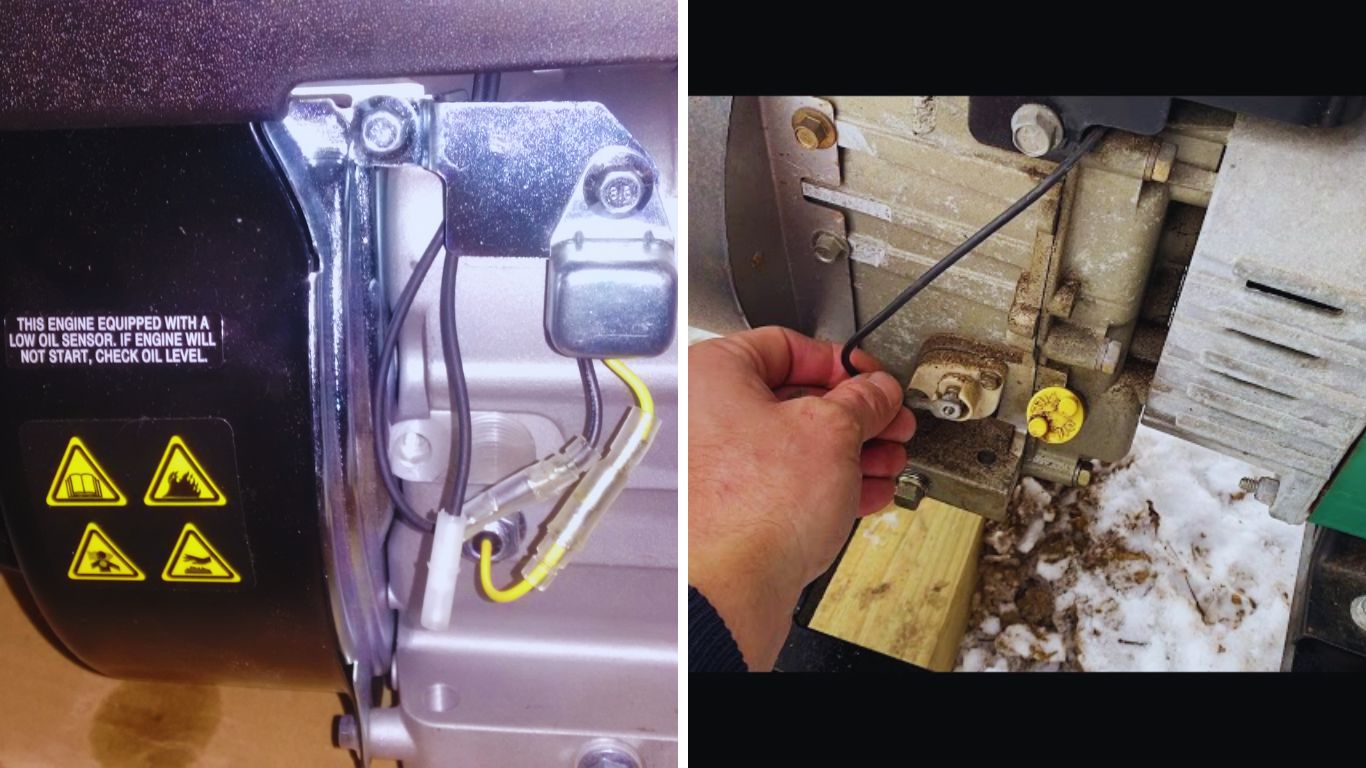
I’ve encountered many situations where a Briggs and Stratton generator low oil sensor acts up, and the question always arises: should I repair it or just replace it? The decision can depend on a few key factors. First, consider the age of the sensor. If it’s been in service for several years, replacement might be the better option, especially if you’ve noticed any visible damage or corrosion.
On the other hand, if the sensor is relatively new and the issue seems minor, such as a loose connection, a repair could be sufficient. But be cautious—ignoring a faulty sensor can lead to more severe engine problems down the line, as the sensor’s primary function is to prevent low oil levels from causing damage to your engine. Skipping a necessary replacement could cost you much more in repairs later.
How to Replace Your Briggs and Stratton Generator’s Low Oil Sensor
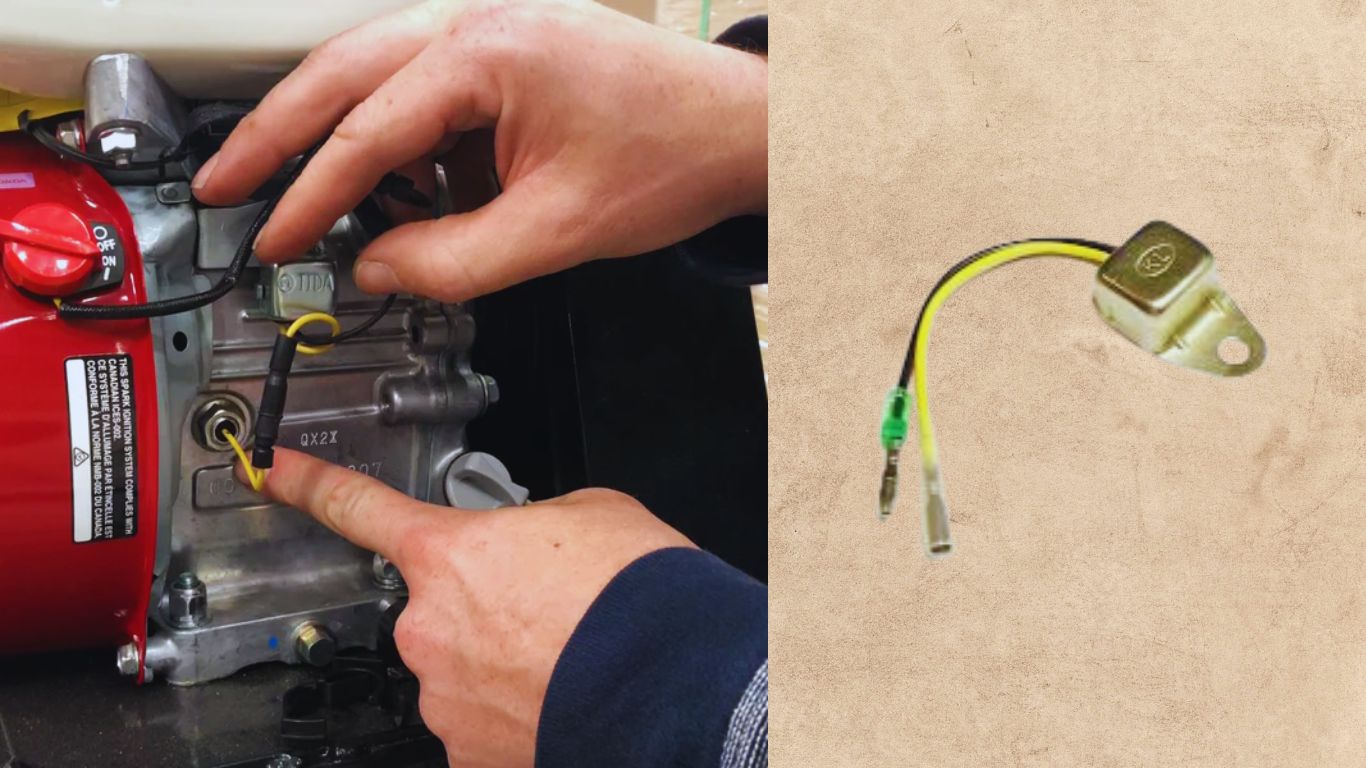
Dealing with a Briggs and Stratton generator low oil sensor isn’t as daunting as it might initially seem. With a bit of patience and the right tools, anyone can handle this task. Begin by gathering the essentials: a socket set, a new low-oil sensor, and possibly some thread sealant. These parts are typically available at most hardware stores, but for genuine replacements, I suggest checking trusted online retailers.
First, disconnect the generator from any power sources for safety. Locate the sensor, typically near the oil filter, and use the socket set to remove it. Apply thread sealant to the new sensor and install it in place, ensuring it’s securely tightened but not over-torqued. Reconnect any wiring and test the generator to ensure everything is functioning properly.
For model-specific details, consult your generator’s manual, as some variations may exist depending on the exact Briggs and Stratton model you’re working with. This careful attention to detail will ensure your generator runs smoothly without the fear of unexpected shutdowns.
Preventing Future Issues: Maintenance Tips for Your Generator’s Low Oil Sensor
Routine Checks and Maintenance for Longevity
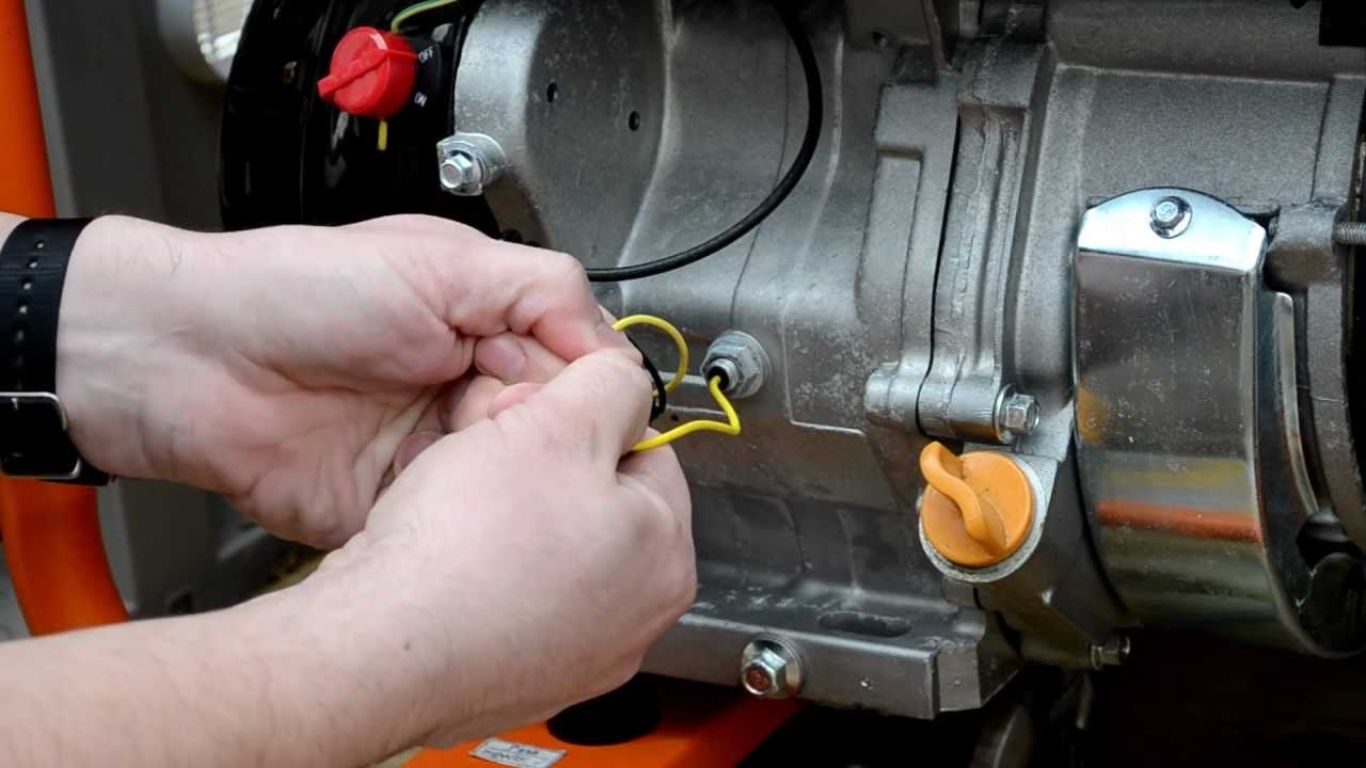
I’ve always believed that prevention is better than cure, especially when it comes to maintaining your Briggs and Stratton generator low oil sensor. Regular maintenance isn’t just a chore—it’s the key to avoiding unexpected shutdowns and costly repairs. Start by making routine checks a habit. Inspect the oil levels regularly, and don’t forget to check the sensor connections for any signs of wear or corrosion.
Depending on how often you use your generator, I’d recommend these checks at least once a month. Environmental factors also play a role; for instance, if you’re operating in dusty or humid conditions, more frequent inspections might be necessary. These small steps can significantly extend the life of your sensor and keep your generator running smoothly.
Choosing the Right Oil for Your Generator
The type of oil you use in your generator can have a profound impact on the performance and lifespan of your Briggs and Stratton generator low oil sensor. I’ve seen many cases where poor oil choices led to sensor malfunctions. Always opt for high-quality oil that’s suitable for your generator’s specific model. If you’re in a colder climate, consider using oil that remains fluid at low temperatures to prevent any strain on the sensor during startup.
Conversely, in hot climates, you’ll want oil that can withstand higher temperatures without breaking down. Remember to change the oil according to your generator’s manual and dispose of the old oil properly to avoid environmental harm. The right oil, combined with regular changes, will help keep your sensor—and your entire generator—operating at its best.
Understanding the Role of the Low Oil Sensor in Preventive Maintenance
Your Briggs and Stratton generator low oil sensor isn’t just a passive component; it’s an active guardian of your engine’s health. By regularly monitoring and maintaining this sensor, you’re taking a proactive step in extending the life of your generator. I can’t stress enough the importance of integrating sensor checks into your overall maintenance routine.
Simple actions, like ensuring the sensor remains clean and functional, can prevent serious engine damage down the line. Adopting a proactive approach to maintenance doesn’t just protect your investment—it ensures that your generator is ready to perform whenever you need it, without the fear of unexpected failures.
Making an Informed Purchase: What to Look for in a Replacement Low Oil Sensor
Key Features to Consider When Buying a New Sensor
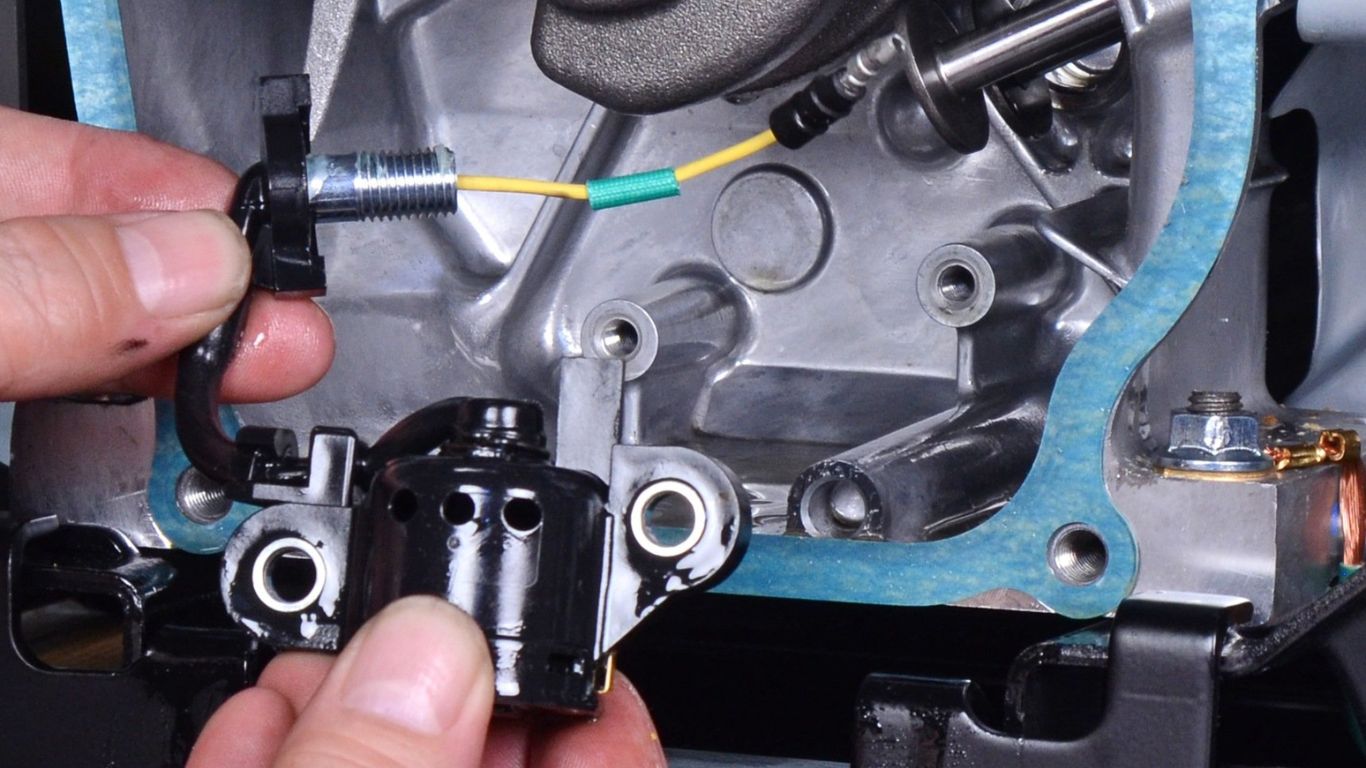
When it comes to choosing a replacement Briggs and Stratton generator low oil sensor, I believe it’s crucial to pay attention to a few key features to ensure you’re making a wise investment. First, compatibility is non-negotiable; the sensor must match your specific generator model to function correctly.
Durability is another factor—I always recommend sensors made from high-quality materials that can withstand the rigors of continuous use. Manufacturer warranties are also important, as they offer peace of mind in case something goes wrong. Comparing popular sensor models can reveal pros and cons that aren’t immediately obvious, so take the time to research and read reviews. High-quality sensors are usually available through reputable online retailers or specialized stores, which often have better selections than general hardware outlets.
Budgeting and Availability: How to Find the Best Deals
Balancing quality with cost can be tricky, but it’s something I’ve learned to navigate over the years. Start by setting a realistic budget for your Briggs and Stratton generator low oil sensor replacement, keeping in mind that sometimes paying a bit more upfront can save you money in the long run. Look for deals during seasonal sales or promotional periods—this is often when the best discounts are available.
Warranties are another consideration; they can add value to your purchase by covering potential future issues. But be cautious of counterfeit or low-quality parts, which can be tempting due to their lower prices. Always buy from reputable sources to ensure you’re getting a sensor that will perform reliably. Taking the time to research and compare options will help you find the best deal without compromising on quality.
Top Website for Genuine Generators Mobile Detailing Care and Tips

At Best Generator for Mobile Detailing, you can find the most reliable information on generators tailored specifically for the mobile detailing industry. Our mission is to be your go-to source for accurate and comprehensive guidance, helping you make the best decisions when it comes to selecting a generator. We pride ourselves on delivering unbiased recommendations that you can trust. Join us at Best Generator for Mobile Detailing, and let us help you optimize your mobile detailing operations.
At Best Generator for Mobile Detailing, accuracy and quality are at the forefront of everything we do. Under the leadership of Senior Home Editor Roy Berendsohn, our team ensures that our content meets the highest standards of reliability. We are committed to providing you with the best possible information, supported by thorough research and expert analysis. While we participate in affiliate marketing programs, our recommendations remain impartial, focusing on what’s best for you. Choose the Best Generator for Mobile Detailing for trustworthy, high-quality advice.
Conclusion: Ensuring Reliability and Longevity for Your Briggs and Stratton Generator
The Briggs and Stratton generator low oil sensor is crucial for maintaining your generator’s health and preventing unexpected shutdowns. Early diagnosis, timely repairs or replacements, and regular maintenance of this sensor can save you from costly repairs and ensure your generator is always ready to perform. Whether you’re a DIY enthusiast, technician, or generator owner, proactive care is key to safeguarding your investment. Through this article by Best Generator For Mobile Detailing, you should regularly check and maintain the low oil sensor of your Briggs and Stratton generator to have peace of mind knowing that your equipment is reliable and ready to turn on the lights when needed.
them on.
FAQs
How can I tell if my Briggs and Stratton generator low oil sensor is faulty?
If your generator is shutting down intermittently or if you notice a warning light flickering on even when the oil levels are sufficient, these could be signs that the Briggs and Stratton generator low oil sensor is malfunctioning. It’s important to distinguish these symptoms from other issues like low oil pressure or electrical faults. Testing the sensor with a multimeter or oil pressure gauge can help confirm if the sensor is causing the problem.
Should I repair or replace my Briggs and Stratton generator low oil sensor?
The decision to repair or replace your Briggs and Stratton generator low oil sensor depends on several factors. If the sensor is relatively new and the issue seems minor, such as a loose connection, a repair might suffice. However, if the sensor is old, shows visible damage, or is corroded, replacement is likely the better option. Ignoring a faulty sensor could lead to more severe engine problems down the line.
What type of oil should I use to extend the life of my Briggs and Stratton generator low oil sensor?
The type of oil you use is crucial for the performance and longevity of your Briggs and Stratton generator low oil sensor. Always choose high-quality oil that is suitable for your specific generator model. For cold climates, use oil that stays fluid at low temperatures to avoid straining the sensor during startup. In hot climates, opt for oil that can withstand high temperatures without breaking down. Regular oil changes, as recommended in your generator’s manual, are essential to maintaining the sensor’s functionality.
Where can I find a reliable replacement for my Briggs and Stratton generator low oil sensor?
When purchasing a replacement Briggs and Stratton generator low oil sensor, it’s essential to buy from reputable sources to avoid counterfeit or low-quality parts. Look for high-quality sensors available through trusted online retailers or specialized stores. Comparing popular sensor models and reading reviews can help you make an informed choice. Additionally, consider seasonal sales or discounts to find the best deal while ensuring the sensor’s durability and compatibility with your generator model.
Marion Woods is an accomplished generator technology expert with over 15 years of experience, currently serving as the Chief Technology Officer at GenTech Power Solutions. She holds a Master’s degree from MIT and specializes in enhancing generator efficiency and integrating renewable energy sources. Marion is a respected author and speaker in the engineering community, dedicated to pioneering sustainable power solutions.
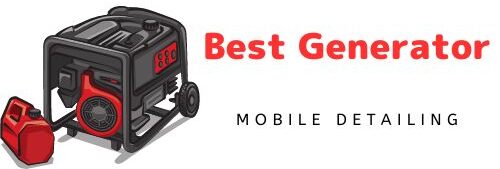

1 thought on “How to Fix Briggs And Stratton Generator Low Oil Sensor Issues”